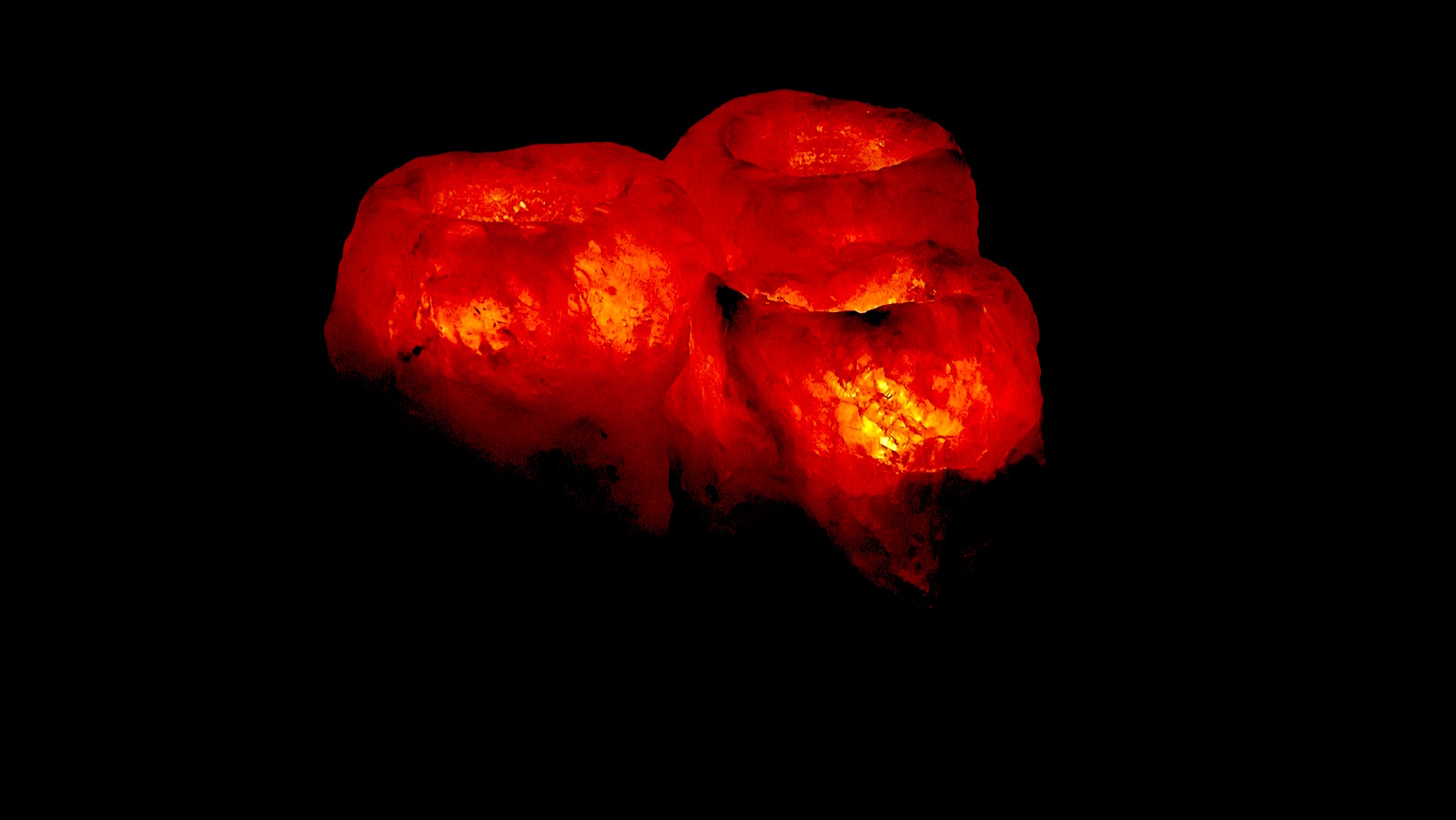
Over a period of 3-years, Siemens Gamesa Renewable Energy has been doing R&D-activities on converting energy to heat in rock fill at a testing-unit in Hamburg. Now the company converts its findings into a real scale project.
Starting in December, Siemens Gamesa will install the first full scale “Future Energy System – FES” on the Trimet SE aluminum smelter site in Hamburg-Altenwerder. It will feature approximately 1,000 tons of rock fill which will be able to provide 30 MWh of electric energy at temperatures of 600 degree Celsius. Via a steam turbine, the heat can be re-converted into electricity.
A generator rated at 1.5 megawatts will produce energy for up to 24 hours. Within this period, the system can supply energy equivalent to the consumption of 1,500 average German households or could charge the batteries of approximately 50 electric cars.
Partner is the local utility Hamburg Energie GmbH. The company will test the commercial opportunities of the storage-technology in the energy markets. With the start of construction Siemens Gamesa reaches a milestone in the development of a key technology in the context of the energy transition.
In times of sunny weather and high wind conditions, renewable energies are available in large amounts – often the feed-in exceeds the grid capacities. Storage systems can help to act as a buffer between times of overload and weak production periods, which happen at slack periods and darkness. But most storage technology offer limited capacities or are not cost-competitive.
The Siemens Gamesa solution under development in a project supported by the German Federal Ministry for Economic Affairs and Energy, offers a highly economic approach in storing energy. After having been converted to heat in rock fill, excess wind energy is stored and protected with an insulated cover. When there is a need for additional electricity, a steam turbine converts the heat energy back to electricity.
The simple principle of this storage combines proven components to an innovative setup: For the conversion process of electricity into a hot air stream, it uses fans and heating elements out of mass production. The same applies to the re-conversion: Via a highly dynamic Siemens steam boiler, a standard steam turbine is operated to generate electricity at the end of the process chain.
The focus of Siemens Gamesa’s R&D activities was on the insulated container to house the rock fill which is the virtual battery and the core innovation. In the research project, the team has explored the thermodynamic principles to receive a high efficiency in all processes related to the transmission to heat.
A scientist of Technical University Hamburg-Harburg (TUHH) supports the project by modelling the processes inside the storage unit, which results in principles for thermodynamic calculations of the processes. All learnings will now be incorporated in the real scale FES.
One of the key findings was an optimized shape of the container with the rock fill. The design of the storage container of the new project reflects this: Its round bodied shape will have a decreasing diameter at both ends, where the inflow and the outflow openings are positioned. The ferroconcrete giant will have a content of 800 cubic meters of rock-fill with a mass of 1,000 tons and will be covered with a meter thick layer of thermal insulation.
Siemens Gamesa is expecting a construction time of approximately one year for the new FES system. The works in Hamburg-Altenwerder will start in December with commissioning planned spring 2019. After comprehensive testing, the new storage system will then be operated in collaboration with Hamburg Energie GmbH.
Source: http://www.siemensgamesa.com/en/communication/news/start-of-construction-in-hamburg-altenwerder-siemens-gamesa-to-install-fes-heat-storage-for-wind-energy.html














































